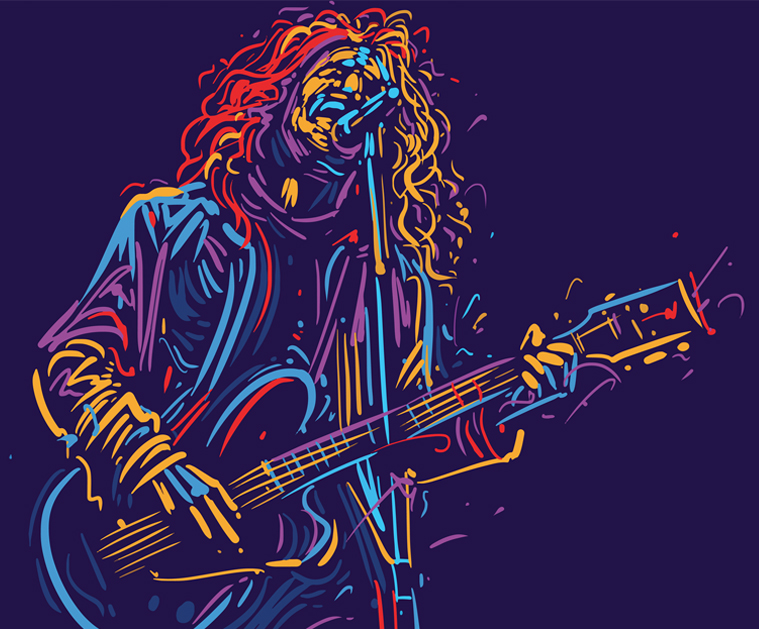In an era where sustainability is more than a buzzword, the concept of upcycled art is gaining momentum, transforming the way we perceive waste and creativity.
Upcycled art creations are not just artistic endeavors; they represent a conscious choice to breathe new life into what is often overlooked.
The Essence of Upcycling in Art
Understanding Upcycling
Upcycling, distinct from recycling, involves converting old or discarded materials into something useful and often beautiful. This process is not just about waste reduction; it’s a creative challenge that combines sustainability with artistic expression.
The Evolution of Upcycled Art
Historically, upcycling was born out of necessity, particularly in times of scarcity. Today, it stands as a dynamic art form, ranging from folk art to high-end gallery pieces. Early examples, often seen in traditional crafts, laid the groundwork for contemporary upcycled art creations.
The Impact of Upcycled Art
Environmental Benefits
The most immediate impact of upcycled art is environmental. By repurposing materials, artists significantly reduce waste and the carbon footprint associated with new material production. Several case studies highlight how large-scale upcycled art projects have positively impacted the environment.
Economic Advantages
Upcycled art also stimulates local economies. It provides a platform for artisans to showcase their creativity without the high costs of new materials. This economic aspect makes upcycling a viable and sustainable model for artists and communities alike.
Techniques and Materials in Upcycled Art
Commonly Used Materials
From metal scraps to discarded wood, the range of materials used in upcycled art is vast. Each artist’s choice of material often adds a unique narrative to their creations, turning everyday objects into artistic masterpieces.
Techniques and Creative Processes
Upcycled art involves diverse techniques like collage and assemblage, allowing for limitless creativity. Detailed case studies of artists reveal how these techniques are applied, offering insights into their creative processes and the transformation of mundane objects into art.
The Aesthetic Appeal of Upcycled Art
Artistic Expression and Upcycled Art
Upcycling offers a unique artistic challenge, pushing the boundaries of conventional art. Interviews with artists show how upcycling influences their creativity, often leading to profound, thought-provoking pieces.
Public and Critical Reception
The reception of upcycled art in galleries and communities has evolved significantly. Once seen as merely crafty or eco-friendly, it’s now recognized for its artistic value and innovation, with numerous exhibits dedicated to showcasing upcycled art creations.
Upcycled Art in the Community
Community Projects and Workshops
Upcycled art is not just for individual expression; it plays a vital role in community engagement. Projects and workshops focusing on upcycling have become popular, promoting skill development and a deeper understanding of sustainability.
The Role in Education
Integrating upcycling in art education is pivotal. It teaches students about sustainability and creativity, with schools and community programs successfully incorporating upcycling projects into their curriculum.
Challenges and the Future of Upcycled Art
Overcoming Challenges in Upcycling
Despite its benefits, upcycling faces challenges like material sourcing and market acceptance. Artists and organizations are continuously finding innovative solutions to these challenges, further establishing the viability of upcycled art.
Future Trends and Developments
The future of upcycled art looks promising, with emerging trends and technological advancements opening new possibilities. As awareness grows, so does the potential for upcycling to become a mainstream practice in the art world.
Conclusion
Upcycled art is more than an artistic trend; it’s a movement that reflects our society’s growing consciousness about sustainability and creativity. The transformative power of turning the discarded into something beautiful not only impacts the environment positively but also enriches our communities and the art world at large.
As we continue to explore the endless possibilities of upcycled art creations, we are reminded of the potential that lies in reimagining and reinventing the resources around us.
To get involved in the local art community, check out what we have to offer at the East End Arts Art School — workshops, classes, events, and more!
Upcycled art is often used in our children’s after-school art class — teaching them not only to repeat the earth but to be creative.






